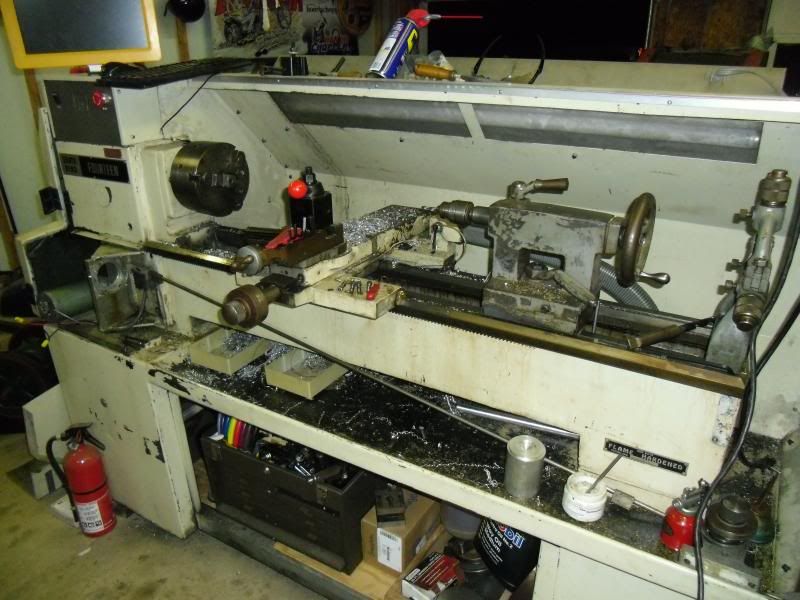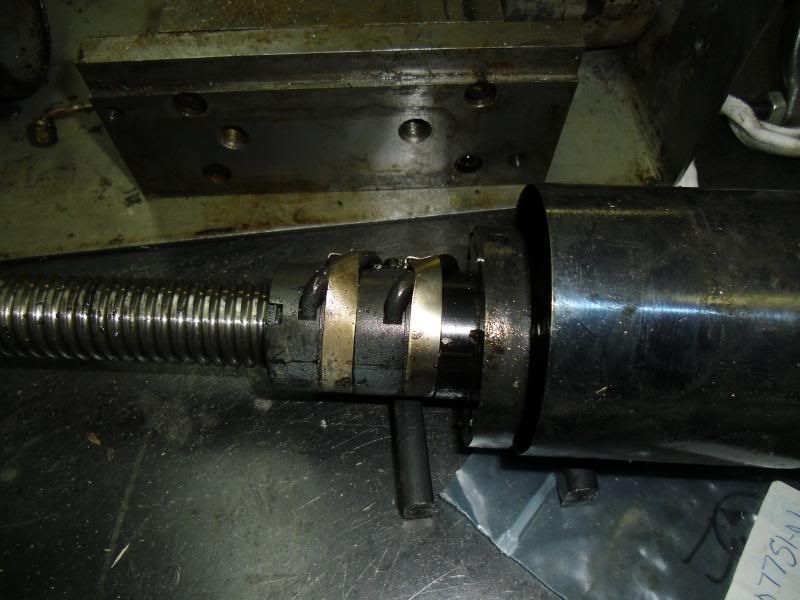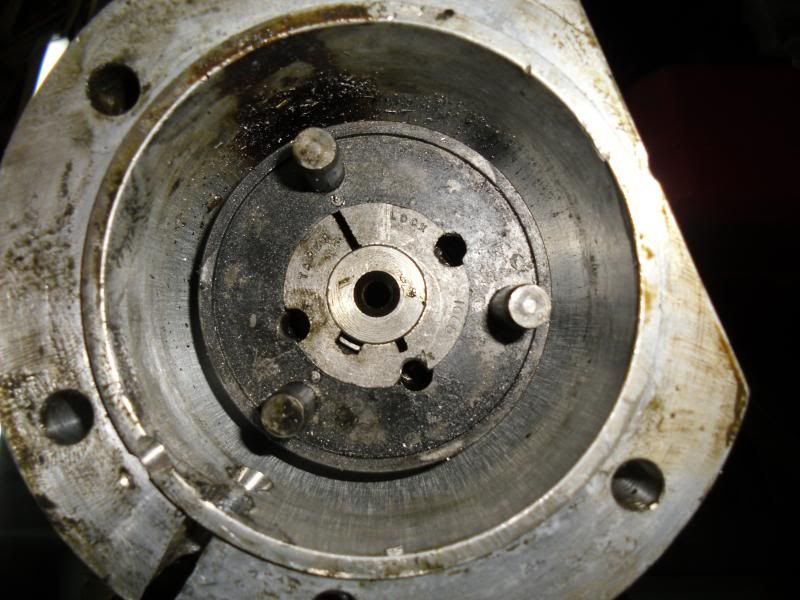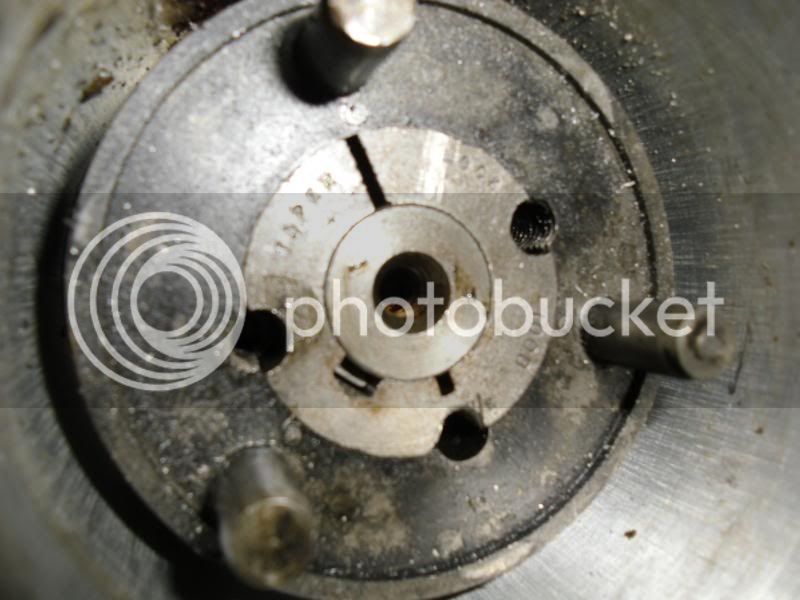RManley
Well-Known Member
- Joined
- Jan 6, 2011
- Messages
- 113
- Reaction score
- 38
With such a long component such as a lead screw, the fact that it’s over an inch in diameter doesn't stop it being easily bent. An example would be railway lines which are large in section but flex all over the place.
Noitoen, If a screw was bent it would put force on the saddle every rotation, no matter how fast or slow it was going. As on cnc machines the saddle is always connected to the screw you get a mark the same pitch as the screw.
Is there a way to remove the tailstock end lead screw bearing to expose the end of the screw and remove the spring cover. Run the servo motor and if the screw is straight it should remain straight. If the screw is bent then you will get a circular path drawn by the end of the screw.
Noitoen, If a screw was bent it would put force on the saddle every rotation, no matter how fast or slow it was going. As on cnc machines the saddle is always connected to the screw you get a mark the same pitch as the screw.
Is there a way to remove the tailstock end lead screw bearing to expose the end of the screw and remove the spring cover. Run the servo motor and if the screw is straight it should remain straight. If the screw is bent then you will get a circular path drawn by the end of the screw.





























































